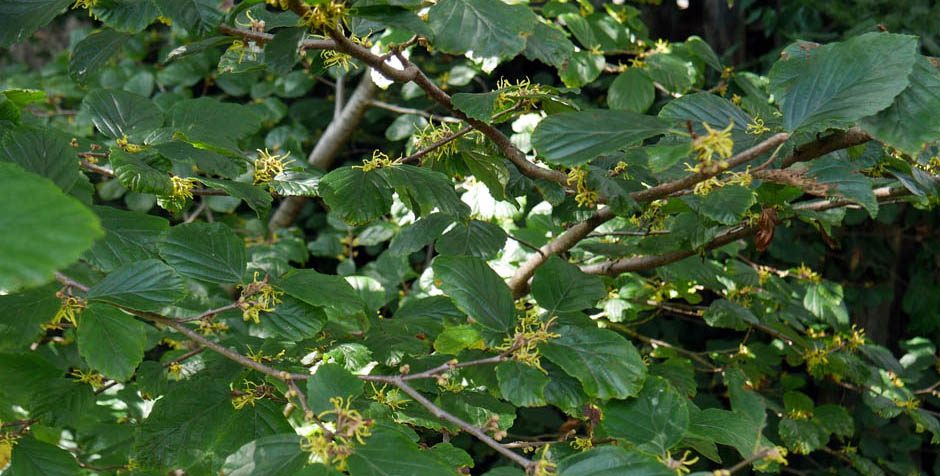- Species at Risk Public Registry
“Your source for news, information, and documents related to species at risk in Canada.” The Search function lists species at risk in Canada by group, region etc. - COSEWIC
The Committee on the Status of Endangered Wildlife in Canada is responsible for identifying species considered to be at risk in Canada at large. Species so designated by COSEWIC become eligible for national protection under the federal Species at Risk Act. - Canadian Biodiversity Strategy
From Environment Canada: Canada’s Response to the Convention on Biological Diversity - A National Ecological Framework for Canada
(Agriculture and Agrifood Canada) Includes detailed descriptions of 217 ecozones. - Wild Species: General Status of Species in Canada
Public website for The National General Status Working Group (NGSWG). Search an individual species or generate lists of species by provinces with their conservation status in the Wild Species Reports of 2005, 2010 and 2015 . - NatureServe Canada
“NatureServe Canada provides scientific information about Canada’s species and ecosystems to help guide effective conservation action and natural resource management. ” There eight regional members including the Atlantic Canada Conservation Data Centre. This page from the ACCDC cross lists COSEWIC status and NB, PEI and NS Provincial Status: Rarity Ranks and Legal Status by Province. - NatureServe Explorer
“An online encyclopedia of plants, animals, and ecosystems of the U.S. and Canada.. an authoritative source for information on more than 70,000 plants, animals, and ecosystems of the United States and Canada. Explorer includes particularly in-depth coverage for rare and endangered species.” TheNatureServe Conservation Status of a species is given for individual states and provinces - VegBank
“VegBank is the vegetation plot database of the Ecological Society of America’s Panel on Vegetation Classification. VegBank stores data about vegetation plots and necessary supplemental data, such as a plant taxon database and community type database. VegBank’s purpose is to allow plant Ecologists to submit and share data to allow permanent documentation of plot data, which will provide a permanent record of plots which define communities.” - 2008 March Status Report of the Commissioner of the Environment and Sustainable Development
A critical assessment of progress in key areas of environment and sustainable development since 2001-2003. Chapters 4 (Ecosystems – Federal Protected Areas for Wildlife), 5 (Ecosystems -Protection of Species at Risk) and 6 (Ecosystems – Control of Aquatic Invasive Species) are especially pertinent to conservation issues. - Attention Fragîles
Conservation in the Magdalen Islands. - National Resources Canada Plant Hardiness Site
This site offers an interactive (zoom in and out) map of plant hardiness zones pertient to both domestsicated and wild species, distribution maps of a number of native species and predictions of changes in distribution of tree species with climatic change. - Botany Newfoundland and Labrador
Over time, this “open image dossier” will accumulate digital images of most of the almost 2000 Newfoundland and Labrador vascular plant species, subspecies and varieties that are listed in the Annotated Checklist of the Vascular Plants of Newfoundland and Labrador, and in the developing online VASCAN database, plus a number of more recent finds, both to assist in their identification, and to provide intimate views of the flora not often seen by the casual observer. - Hardwood Forest of Western New Brunswick and Northeastern Maine
An online version of a Natural Resources Canada publication authored by A. Macdougall and J. Loo (1998). Section IV provides descriptions of 28 rare species, with distribution maps that include N.S., Maine (16 of the species occur in N.S.). - The Atlas of Canada
Natural Resources Canada: View topographic maps onlone for any area of Canada. - Center for Plant Conservation (U.S.)
Includes detailed Profiles for a large number of endangered species - Plant Conservation Alliance (U.S.) “The PCA is a consortium of ten federal government Member agencies and over 225 non-federal Cooperators representing various disciplines within the conservation field… PCA Members and Cooperators work collectively to solve the problems of native plant extinction and native habitat restoration, ensuring the preservation of our ecosystem.”
-
Recent Posts
Recent Comments
Archives
- July 2025
- June 2025
- May 2025
- April 2025
- March 2025
- February 2025
- January 2025
- December 2024
- November 2024
- October 2024
- September 2024
- August 2024
- July 2024
- June 2024
- May 2024
- April 2024
- March 2024
- February 2024
- December 2023
- November 2023
- October 2023
- September 2023
- August 2023
- July 2023
- June 2023
- May 2023
- April 2023
- March 2023
- February 2023
- January 2023
- December 2022
- November 2022
- October 2022
- September 2022
- August 2022
- June 2022
- May 2022
- April 2022
- March 2022
- February 2022
- January 2022
- December 2021
- November 2021
- October 2021
- September 2021
- July 2021
- June 2021
- April 2021
- March 2021
- February 2021
- January 2021
- December 2020
- November 2020
- July 2020
- June 2020
- May 2020
- April 2020
- March 2020
- February 2020
- January 2020
- December 2019
- November 2019
- September 2019
- August 2019
- July 2019
- June 2019
- May 2019
- April 2019
- March 2019
- February 2019
- January 2019
- November 2018
- October 2018
- September 2018
- August 2018
- July 2018
- June 2018
- May 2018
- April 2018
- March 2018
- February 2018
- January 2018
- October 2017
- September 2017
Categories
Meta

